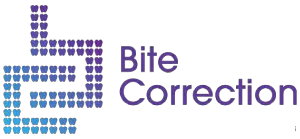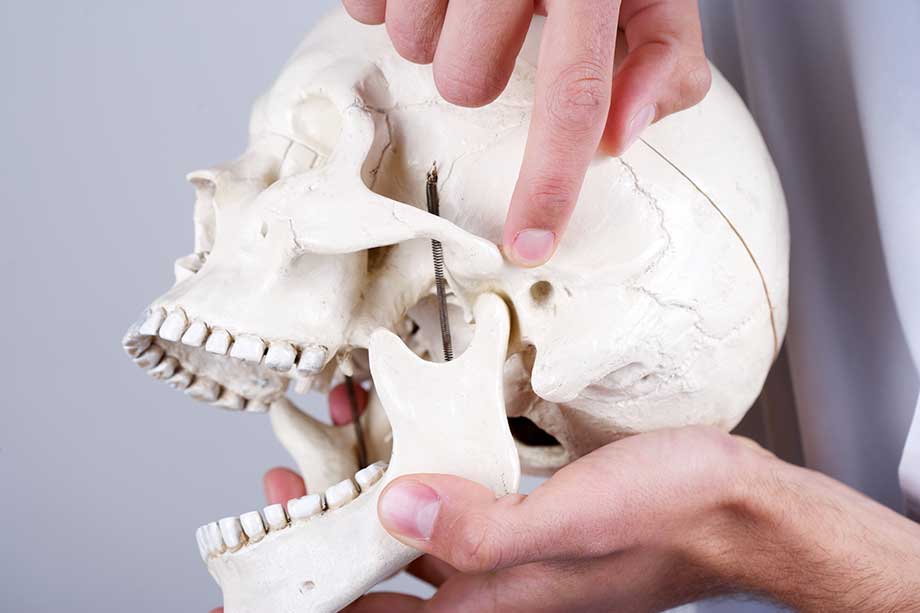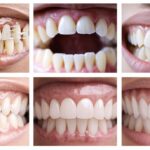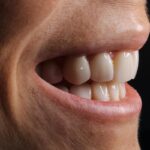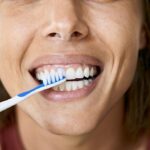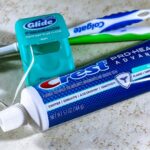Severe jaw misalignment is a troubling condition that affects a sizable chunk of the population — roughly 10 to 15 percent of children, according to the Boston Children’s Hospital.
The Healthline team explains that cases of malocclusion range from mild to severe and can come in the form of crowded teeth, crossbite, overbite, underbite, open bite among other conditions.
Side effects manifest themselves in a variety of ways, both physical and mental. While some of these effects are merely an inconvenience, others can be life-altering and adversely impact a person’s overall well-being.
Here are some of the most common problems caused by jaw misalignment along with the long-term implications they can have.
Difficulty Chewing
The Ebraces team points out that there are many cases where individuals experience significant difficulty chewing food. People with a severe overbite or underbite are most susceptible to this, they write.
When either the upper jaw extends beyond the bottom jaw or vice versa, it results in the jaw not closing properly. In turn, chewing becomes an arduous process that’s quite frustrating.
If you’re suffering from this condition, the simple act of eating can be extremely troublesome.
Breathing Issues
Healthpointe writes about the role that the jaw joint plays in a person’s normal breathing. Because of the close connection to the jaw and the structures in and around the lower part of the face, proper jaw alignment is a vital part of developing healthy breathing patterns.
“The temporomandibular joint (TMJ) and jaw are connected to your airway, and are responsible for the positioning of your tongue,” they explain. “When these are not in the proper place, your tongue will also get shifted and partially obstruct the airway. This can lead to feeling like you can’t get in enough air, especially when you’re sleeping.”
Of course, this can come with inherent dangers, and the University of Iowa Hospitals & Clinics explains that it can sometimes lead to sleep apnea — something that the American Sleep Apnea Association reports affect approximately 22 million Americans.
Katherine Lee discusses sleep apnea in detail in Everyday Health, noting that it’s a serious sleep disorder in which breathing becomes shallow or may even stop completely during sleep. She adds that the temporary pause in breathing can last 10 seconds or longer and may occur 30 times or more in an hour.
This shows the potential danger that a misaligned jaw can have — and why it’s something that promptly demands attention.

Speech Impediments
Colorado dentist Dr. Angela Evanson also makes the point that malocclusion can affect speech. She notes that this may be due to a couple of reasons:
- There’s crowding present and a person’s teeth are crammed together. When this happens, the tongue has less room to move around, which can cause speech issues.
- The upper and lower jaws are different sizes from one another. This creates a poor bite pattern, making it difficult to pronounce certain words.
Shanti McGinley at Marshalla Speech & Language points out how improper jaw alignment can even cause someone to lisp. “The jaw has to be in a stable midline position to produce a correct midline sibilant—a part of speech sound that’s characterized by the hissing effect (e.g. s and sh),” she explains.
Difficulty Maintaining Dental Hygiene
The WebMD team notes that a misaligned bite makes it much more difficult to keep your teeth clean, which can result in food particles being trapped in hard-to-reach places. Even when brushing and flossing properly, it’s not always possible to remove every last bit of debris.
This creates an environment where bacteria is allowed to grow and plaque is able to build up. This is problematic for obvious reasons: If you’re unable to remove plaque and bacteria, it can quickly take a toll on your oral health. ToothIQ points out that this ultimately puts you at an increased risk of tooth decay, gingivitis and periodontal disease.
Teeth Grinding
Medical News Today writes that a common cause of teeth grinding, also known as bruxism, is jaw misalignment. Although studies are still being performed, some researchers suspect that an occlusal discrepancy when the top and bottom teeth do not come together properly is a primary cause of bruxism.
Bruxism is especially prevalent during the nighttime when you’re asleep and not conscious that you’re grinding their teeth. And as Elise Minton Tabin points out in NewBeauty, teeth grinding like this can lead to multiple problems such as sensitive teeth, a sore jaw and eventually the enamel wearing down. When enamel wears down, it can alter the color of the teeth — resulting in a yellow or orange color, make the teeth look shorter as well as increase the risk of cavities.
The Colgate team adds that enamel erosion can make the edges of the front teeth look transparent. If left unchecked, teeth grinding can become a major problem.
Headaches
In some cases, malocclusion can lead to fairly severe headaches. According to Healthy Sleep Texas, “Up to 90 percent of headaches are tension-type headaches, which are usually felt as a pressure or arching pain of mild to moderate severity.” While there are multiple factors that can contribute to this, a misaligned jaw is one of the more common.
The Cleveland Clinic’s Health Essentials team goes one step further, saying that this might even be the cause of migraines. Although these headaches are felt toward the top of the head, their research has found that the problem often originates at the bottom of the skull.
Backing this up, they reference Andrew Bang, DC, of Cleveland Clinic’s Center for Integrative and Lifestyle Medicine who says, “a number of the TMJ muscles, which are located underneath the jaw and in the cheek, and on the top and sides of the head may contribute to the pain.”

Facial Aesthetics
Up until this point, we’ve discussed the physical ailments that can stem from jaw misalignment. But one final problem that some people experience is the aesthetic impact.
Having something like an overbite or underbite can alter your facial structure. This can alter your smile and the overall profile of your face. More specifically, the face takes on an asymmetrical appearance.
In a separate article, the NewBeauty editors explain that when the teeth get out of their proper alignment, it can create a few different issues such as “short teeth,” where the tip of the nose and chin become out of balance as well as the face looking hollow and shrunken.
In the Indian Journal of Dental Research, researchers Ahluwalia Rajiv and Yadav Juhi examine the effect that malocclusion has on the “golden proportions,” which relate to the symmetry of facial features. They found that an established malocclusion resulted in a lesser degree of symmetry, which inevitably translated into a person being viewed as less attractive.
And as Johnson Spinal Care Associates, PA points out, the longer a misalignment exists, the stronger the likelihood that there will be facial asymmetry.
Hope for Jaw Misalignment Sufferers
It’s clear that a misaligned jaw can take a toll. Experiencing these types of conditions is not only difficult from a physical standpoint but also from an emotional one.
Patients often feel self-conscious and struggle with confidence as a result. And sadly, it can be especially traumatic for children who may encounter teasing or bullying as a result. Even worse, the scars can linger into adulthood and create ongoing emotional pain.
But you should know that there are solutions available. Fortunately, effective bite correction can be performed to eliminate this type of jaw misalignment and unlock your natural facial profile. This non-invasive procedure doesn’t require any surgery or braces, and treatment can often be completed within two weeks or less.
The result is a significant breakthrough for those suffering from malocclusion. No longer is severe jaw misalignment an agony you have to endure but something that can be remedied. If this is something you’ve been dealing with, know that you have treatment options.
Images by: wavebreakmediamicro/©123RF Stock Photo, zigf/©123RF Stock Photo, gstockstudio/©123RF Stock Photo
